Home>Interior Design>Can You Tumble Dry A Duvet?


Interior Design
Can You Tumble Dry A Duvet?
Modified: January 7, 2024
Discover the best interior design tips for drying your duvet. Find out if it's safe to tumble dry your duvet and how to properly care for it.
(Many of the links in this article redirect to a specific reviewed product. Your purchase of these products through affiliate links helps to generate commission for Storables.com, at no extra cost. Learn more)
Introduction
Welcome to the world of interior design, where creativity meets functionality to create beautiful living spaces. Whether you are a homeowner looking to spruce up your current abode or a design enthusiast seeking inspiration, understanding the nuances of interior design is crucial.
Interior design is the art and science of enhancing the aesthetics and functionality of a space. It goes beyond merely selecting furniture or arranging decor items. A well-designed interior space takes into consideration the layout, lighting, color schemes, materials, and many other factors to create a harmonious and inviting atmosphere.
In this article, we will delve into the realm of interior design and explore various aspects of this fascinating field. From understanding different design styles to learning how to optimize space, we will cover a wide range of topics that will empower you to create your dream home.
So, whether you are planning a complete home renovation or just looking for ideas to refresh your living room, sit back, relax, and get ready to be inspired by the world of interior design!
Key Takeaways:
- Tumble drying a duvet can be convenient, but it’s crucial to follow care instructions and consider factors like size and filling type to ensure proper maintenance and longevity.
- Alternative methods like air drying and professional cleaning offer flexibility for drying duvets, preserving their quality and ensuring a cozy night’s sleep.
Read more: How To Dry A Duvet
Understanding Duvets and Tumble Drying
Duvets are an essential part of our bedding, providing warmth and comfort while we sleep. But what happens when it’s time to give our duvets a thorough cleaning? Can they be tumble dried? Let’s explore this question and gain a better understanding of duvets and the tumble drying process.
A duvet, also known as a comforter, is a type of bedding that consists of a soft, flat bag filled with down, feathers, or synthetic fibers. Duvets are designed to be used with a duvet cover, which acts as a protective layer and allows for easy washing and maintenance. The outer fabric of a duvet cover is typically made of cotton or a blend of cotton and polyester, providing durability and breathability.
When it comes to cleaning duvets, many people wonder if they can be safely dried in a tumble dryer. The answer depends on the type of filling and the care instructions provided by the manufacturer. Some duvets are suitable for tumble drying, while others may require alternative drying methods.
Tumble drying involves placing the duvet in a large drum-like machine that utilizes hot air to remove moisture from the fabric. The gentle tumbling motion helps prevent clumping and ensures even drying. While tumble drying can be a convenient and time-saving method, it is essential to follow certain guidelines to avoid damaging the duvet:
- Check the care label: Before tumble drying a duvet, always refer to the care instructions provided by the manufacturer. The label will indicate whether the duvet is suitable for tumble drying or if alternative drying methods are recommended.
- Choose the right heat setting: If tumble drying is permitted, select a low to medium heat setting to prevent excessive heat exposure that could damage the filling or outer fabric. Avoid using high heat, as it can cause the duvet to lose its loft and affect its overall quality.
- Use dryer balls or clean tennis balls: Placing dryer balls or clean tennis balls in the tumble dryer with the duvet can help fluff up the filling and prevent it from clumping together. The balls create movement and separate the fibers, allowing for better airflow and more efficient drying.
- Monitor the drying process: Regularly check the duvet during the drying cycle to ensure it is drying evenly and not overheating. If necessary, pause the dryer and fluff up the duvet by hand to redistribute the filling and promote even drying.
- Consider the size of the duvet: Larger duvets may require more time to dry thoroughly. If your tumble dryer has a small drum capacity, it is advisable to take the duvet to a laundromat with larger industrial dryers to ensure proper drying.
It is important to note that not all duvets are suitable for tumble drying. Duvets with delicate or sensitive fillings, such as silk or wool, are often recommended to be hand washed or professionally cleaned to maintain their integrity. Additionally, duvets with intricate stitching or decorative details may also require alternative cleaning methods to avoid potential damage.
If you are unsure about the best way to clean and dry your duvet, it is always advisable to consult the care instructions or seek guidance from a professional cleaner. They will have the expertise and knowledge to handle different types of duvets and ensure they are properly cared for.
Now that we have a better understanding of duvets and the tumble drying process, we can make informed decisions about how to clean and maintain our beloved bedding. Remember to always prioritize the care instructions provided by the manufacturer and take appropriate precautions to ensure the longevity of your duvet.
Considerations Before Tumble Drying a Duvet
Tumble drying a duvet can be a convenient way to quickly dry and freshen it up, but it’s important to consider a few factors before tossing it into the dryer. By taking these considerations into account, you can ensure that your duvet remains in good condition and that the process goes smoothly.
Here are some key considerations to keep in mind before tumble drying your duvet:
- Care Instructions: Always check the care label or care instructions provided by the manufacturer for specific guidelines regarding tumble drying. Some duvets may have specific requirements or may be labeled as “not suitable for tumble drying.” Following the manufacturer’s recommendations will help prevent damage to the duvet.
- Duvet Size: Before tumble drying your duvet, consider the size of your duvet compared to the capacity of your dryer. If your duvet is too large or bulky for your dryer, it may not dry evenly or could cause strain on the machine. If necessary, it may be better to take your duvet to a professional cleaner or a laundromat with larger capacity dryers.
- Filling Type: The filling of your duvet plays a crucial role in determining whether it is safe to tumble dry. Natural fillings such as down or feathers are generally more delicate and may require extra care. Synthetic fillings, on the other hand, are often more resilient and can withstand tumble drying at a low to medium heat setting. Always consult the care instructions to ensure you are using the appropriate drying method for your specific duvet filling.
- Condition of the Duvet: Consider the overall condition of your duvet before tumble drying it. If there are any tears, loose seams, or weak spots, it’s best to repair them before putting the duvet in the dryer. Tumble drying can potentially exacerbate existing damages and lead to further issues.
- Dryer Settings: It’s important to select the right settings on your dryer to ensure gentle and effective drying. Use a low to medium heat setting and avoid high heat, as it can damage the filling and outer fabric of the duvet. Additionally, consider using dryer balls or clean tennis balls to help fluff up the duvet and prevent clumping.
- Regular Maintenance: Tumble drying is just one step in the overall maintenance of your duvet. Regularly cleaning and airing out your duvet can help reduce the frequency of needing to tumble dry it. Spot cleaning stains and using a duvet cover can also help protect the duvet and minimize the need for frequent washing.
By taking these considerations into account, you can ensure a successful tumble drying experience for your duvet. However, if you have any doubts or concerns, it’s always best to consult the care instructions or seek advice from a professional cleaner. They can provide expert guidance based on the specific characteristics of your duvet.
Remember, proper care and maintenance will help extend the lifespan of your duvet and ensure that you can continue to enjoy its warmth and comfort for years to come.
Yes, you can tumble dry a duvet, but it’s important to use a low heat setting to avoid damaging the filling. Adding a few tennis balls to the dryer can help fluff up the duvet. Always check the care label for specific instructions.
Steps to Tumble Dry a Duvet
Tumble drying a duvet can be a convenient and efficient way to dry it after washing. By following a few simple steps, you can ensure that your duvet comes out of the dryer fresh, fluffy, and ready to use. Here are the steps to tumble dry a duvet:
- Prepare the duvet: Before placing your duvet in the tumble dryer, make sure it is properly prepared. This includes removing the duvet cover if it is removable and checking for any loose threads or damages that may need to be repaired beforehand.
- Select the right heat setting: Set your tumble dryer to a low or medium heat setting. Avoid using high heat, as it can potentially damage the duvet filling and outer fabric. If available, select a gentle or delicate cycle to ensure a more gentle drying process.
- Add dryer balls or clean tennis balls: Consider adding dryer balls or clean tennis balls to the dryer. These items help to fluff up the duvet and prevent the filling from clumping together during drying. They create movement and separate the fibers, promoting even heat distribution and efficient drying.
- Place the duvet in the dryer: Carefully place the duvet into the tumble dryer, ensuring that it has enough room to move around freely. Overcrowding the dryer can result in uneven drying and potential damage to the duvet.
- Monitor the drying process: Keep an eye on the duvet during the drying cycle. Check periodically to ensure that the duvet is drying evenly and not overheating. If necessary, pause the dryer and fluff up the duvet by hand to redistribute the filling and promote even drying.
- Check for complete dryness: Once the recommended drying time has elapsed, remove the duvet from the dryer and check if it is completely dry. Feel the duvet all over to make sure there are no damp spots remaining. If there are any areas that feel damp, put the duvet back in the dryer for a few more minutes.
- Allow the duvet to air out: After the duvet is completely dry, allow it to air out in a well-ventilated space for a little while before using or storing it. This will help eliminate any residual moisture and ensure maximum freshness.
Following these steps will help ensure that your duvet is properly dried and ready for use. Remember to always refer to the care instructions provided by the manufacturer and adjust the drying process based on the specific recommendations for your duvet.
If you are unsure about the suitability of tumble drying for your specific duvet, or if you have any concerns, it is always advisable to consult a professional cleaner or refer to expert advice. They will be able to guide you based on their expertise and ensure that your duvet is handled with care.
With these simple steps, you can enjoy a freshly dried duvet that is cozy, clean, and ready to provide you with a comfortable night’s sleep.
Alternative Methods to Dry a Duvet
While tumble drying is a convenient way to dry a duvet, there are alternative methods available that can be used in situations where tumble drying may not be suitable or preferred. These alternative methods ensure that your duvet is properly dried without compromising its quality. Here are some alternative methods to dry a duvet:
- Air Drying: Air drying is a natural and gentle method to dry a duvet. Start by laying the duvet flat on a clean and dry surface, preferably outdoors in a well-ventilated area. Make sure to flip the duvet periodically to ensure even drying. Keep in mind that air drying may take longer than tumble drying, especially if the weather is humid or if you are drying a thick duvet. Patience is key when air drying, but the end result will be a fresh and naturally dried duvet.
- Hanging: Hanging the duvet to dry is another effective alternative method. Use a clothesline or a sturdy drying rack and drape the duvet over it. Make sure to spread out the duvet evenly to promote better airflow and quicker drying. Hang the duvet in a well-ventilated area, preferably outdoors, to take advantage of natural breeze and sunlight, which can help eliminate any residual moisture and provide a fresh scent.
- Professional Cleaning: If you have reservations or concerns about drying your duvet at home, taking it to a professional cleaner is an excellent option. Professional cleaners have the expertise and resources to handle different types of duvets and ensure proper drying without compromising their integrity. They use specialized equipment and techniques to effectively dry the duvet while maintaining its quality and prolonging its lifespan.
- Using a Dryer with No Heat or Air Fluff Setting: If your tumble dryer has a no heat or air fluff setting, you can use this option to safely dry your duvet. These settings involve using only cool or ambient air to gently circulate and dry the duvet. While it may take longer than using heat settings, it is a suitable alternative for delicate duvets that cannot withstand regular tumble drying.
- Spot Drying and Steaming: For smaller areas or spots that need drying, spot drying and steaming can be effective. Use a handheld garment steamer or a hairdryer on a low or cool setting to target specific areas of the duvet that require drying. Be sure to keep the heat and steam at a safe distance to prevent damage to the duvet.
These alternative methods provide flexibility and options for drying your duvet based on your specific needs and preferences. It is always important to consider the care instructions provided by the manufacturer and choose the best method that suits your duvet’s fabric and filling type.
By utilizing these alternative drying methods, you can ensure that your duvet is properly dried, maintaining its quality, freshness, and longevity. Remember to give your duvet ample time to dry completely before using or storing it to prevent any lingering moisture and potential issues down the line.
Ultimately, the goal is to provide the best care for your duvet, ensuring that it remains clean, comfortable, and cozy for many restful nights to come.
Read more: 18 Drying Rack Products You Can Rely On
Conclusion
Interior design is an exciting and creative field that allows us to transform our living spaces into beautiful and functional environments. By understanding the principles and techniques of interior design, we can create spaces that reflect our personal style and enhance our everyday lives.
In this article, we have explored the world of interior design, delving into various aspects such as design styles, space optimization, color schemes, and materials. We have learned how to strike a balance between aesthetics and functionality, creating harmonious and inviting living spaces.
Whether you are a homeowner looking to renovate your current space or a design enthusiast seeking inspiration for future projects, the knowledge gained from this article will serve as a valuable resource. By applying the principles of interior design, you can elevate your home’s atmosphere and create a space that truly represents your personal style and meets your practical needs.
Remember that interior design is a continuous journey of exploration and creativity. It’s important to stay open to new ideas, experiment with different elements, and evolve your design choices over time. The key is to create an environment that brings you joy and makes you feel comfortable and at ease.
Whether you’re revamping a single room or redesigning your entire home, embrace the process and enjoy the transformation. Take inspiration from various sources, such as magazines, websites, and even nature itself. Trust your instincts and let your creativity guide you.
Incorporate elements that reflect your personality and tell your story. Remember that interior design is not just about following trends or creating picture-perfect spaces, but rather about creating a space that is truly yours.
So go ahead, embark on your interior design journey with confidence and passion. Create a space that inspires, rejuvenates, and reflects who you are. Your home is your sanctuary, and with the power of interior design, it can become a true reflection of your style and a place where you can find solace and comfort.
Happy designing!
Frequently Asked Questions about Can You Tumble Dry A Duvet?
Was this page helpful?
At Storables.com, we guarantee accurate and reliable information. Our content, validated by Expert Board Contributors, is crafted following stringent Editorial Policies. We're committed to providing you with well-researched, expert-backed insights for all your informational needs.

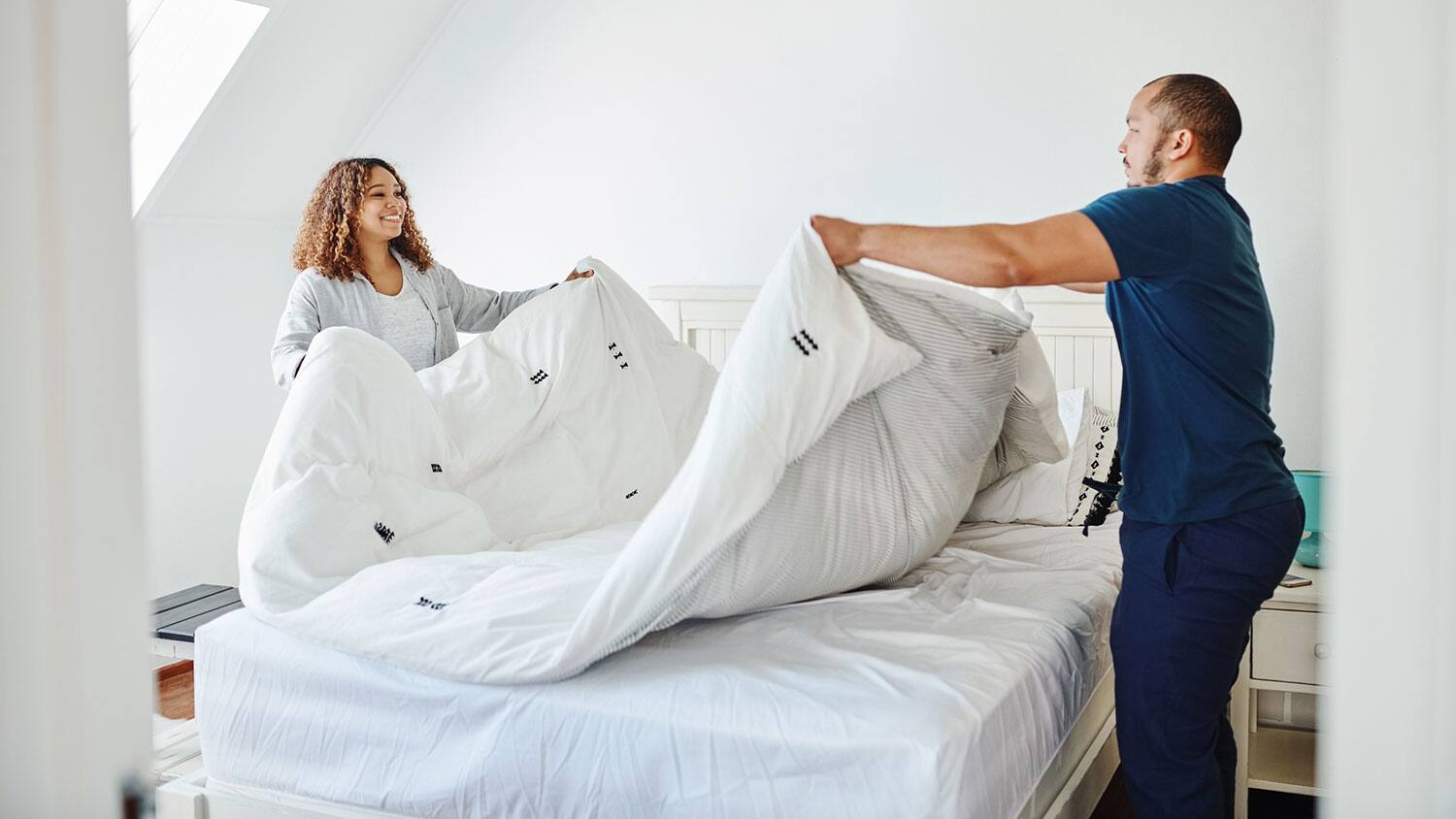

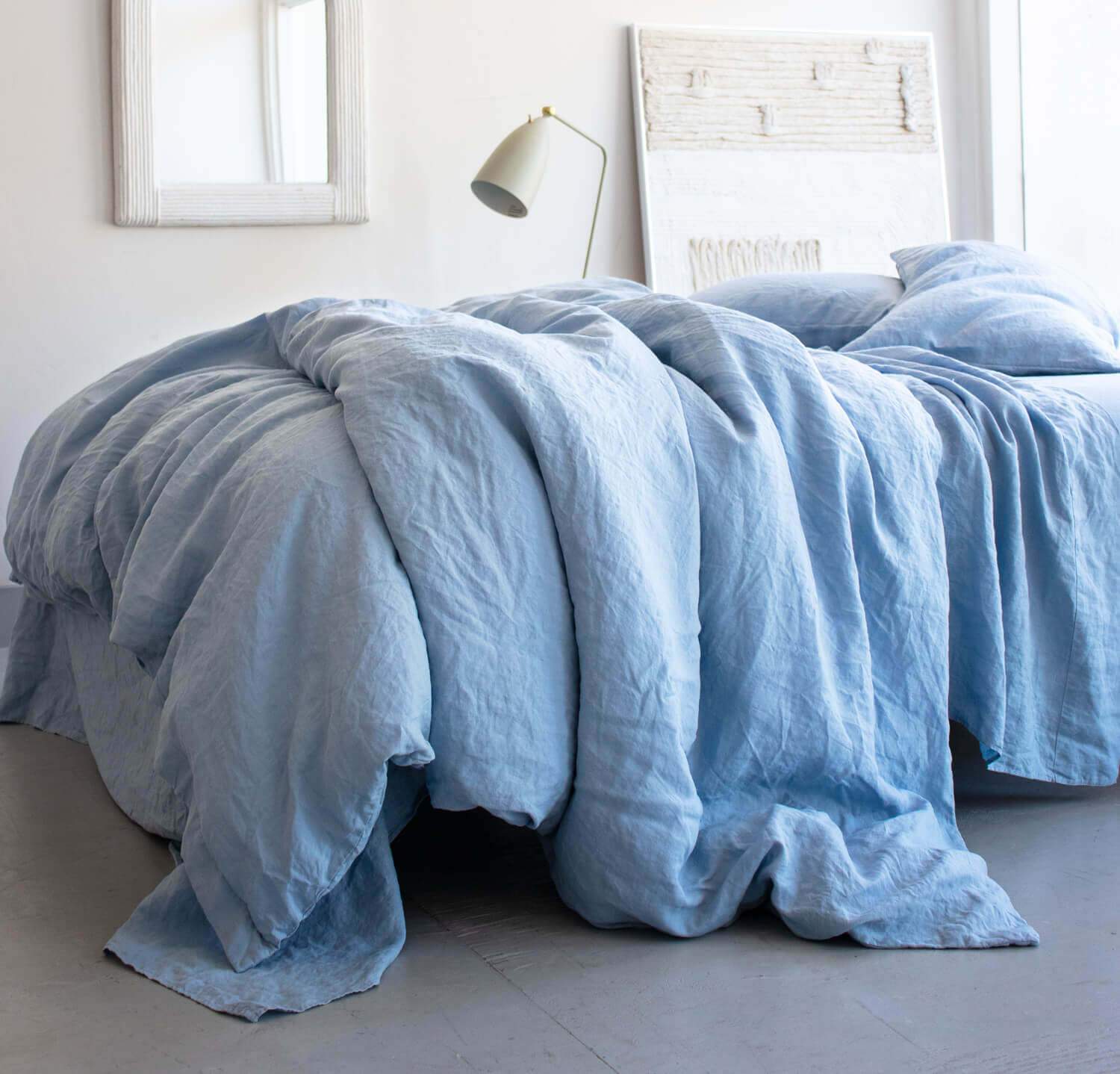

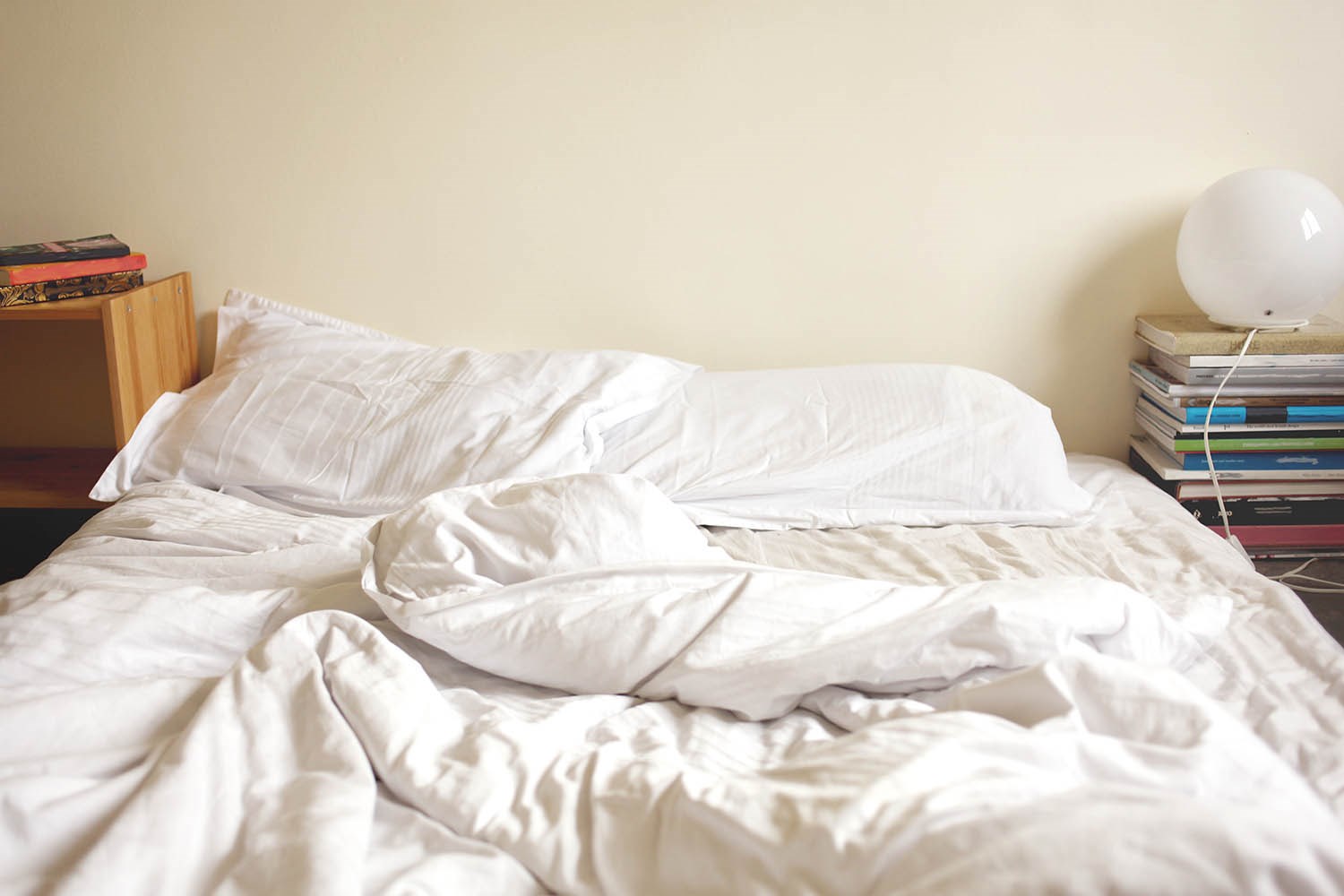
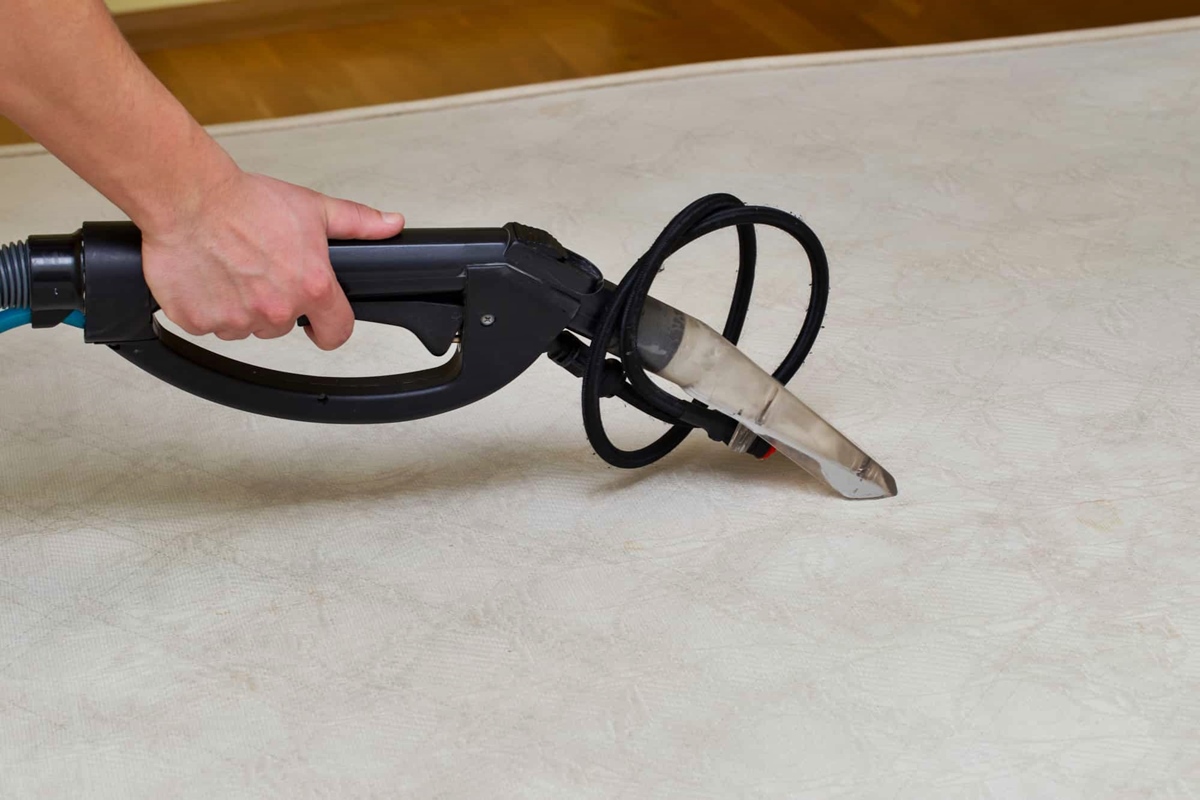


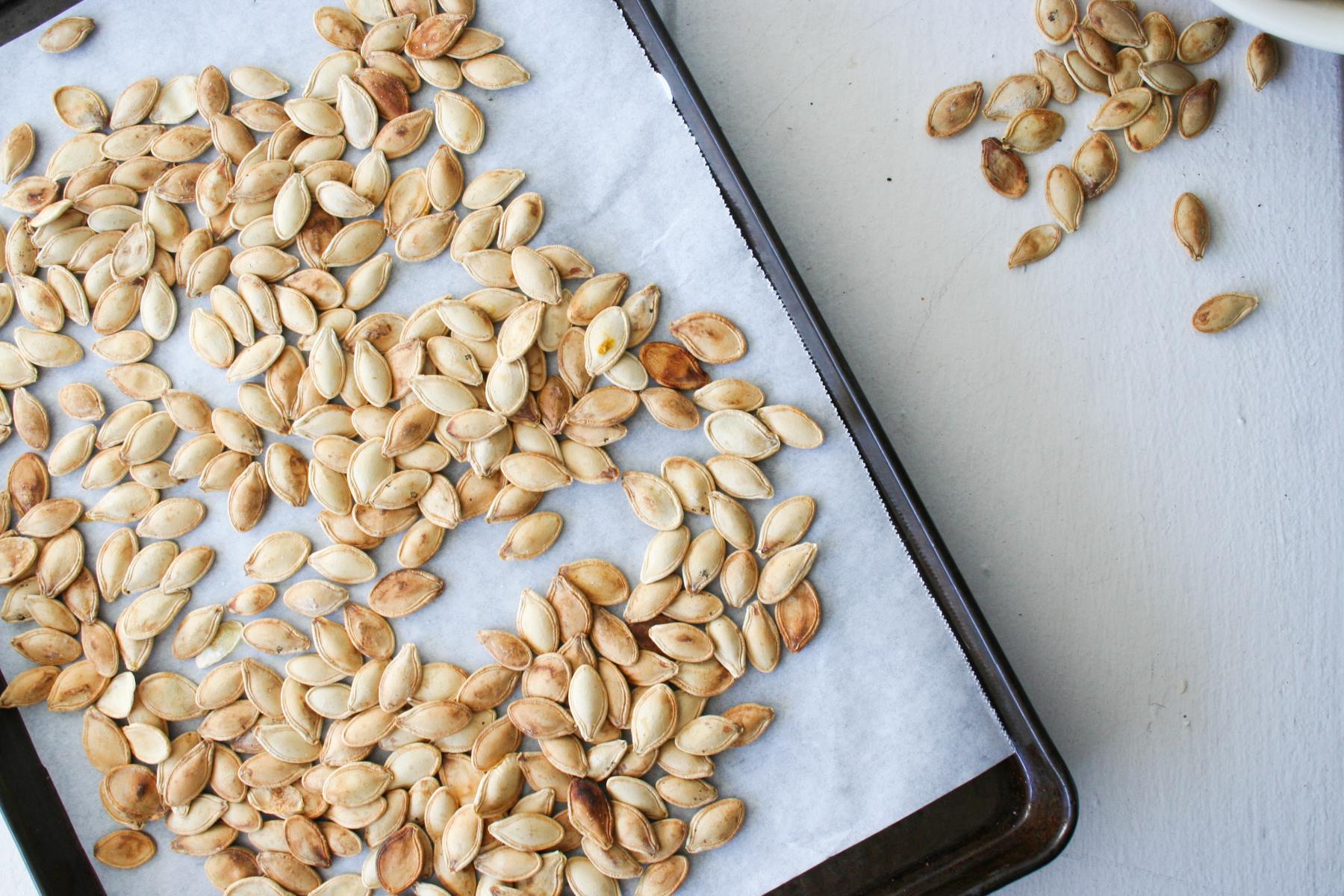
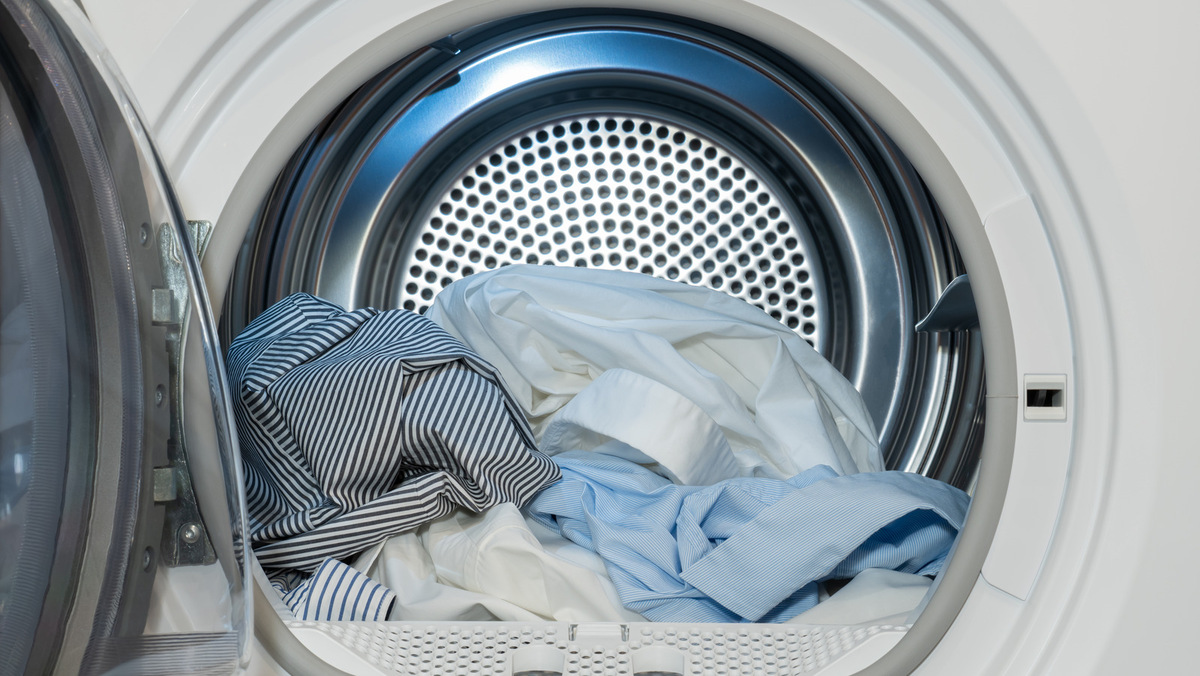
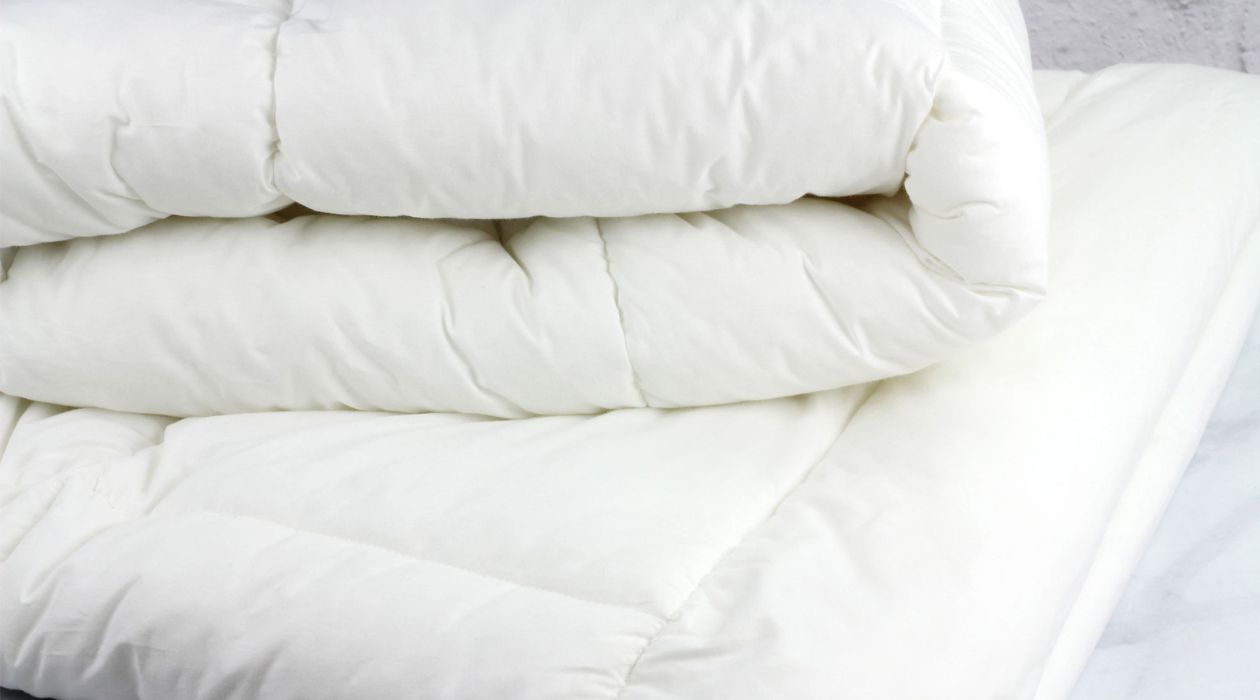
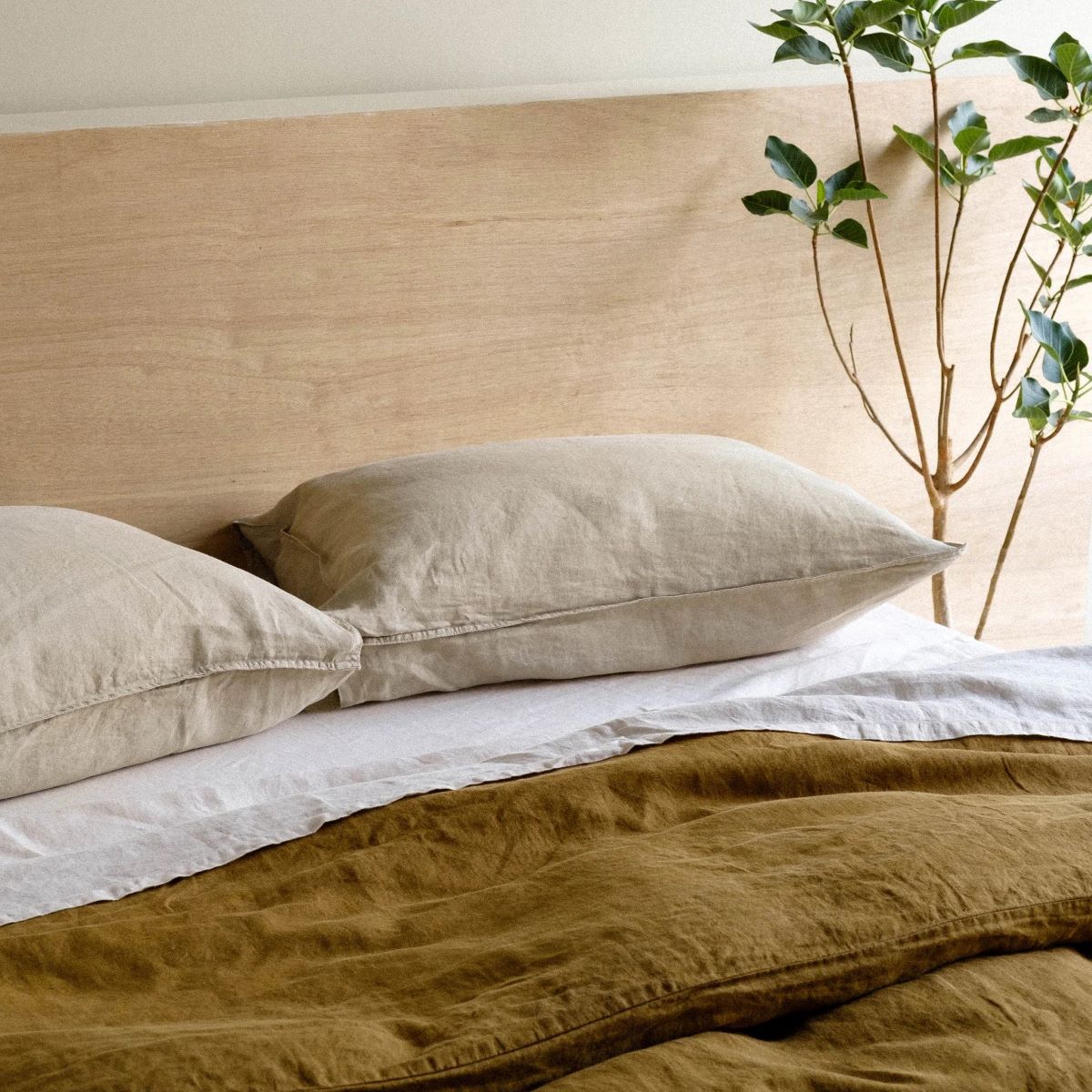
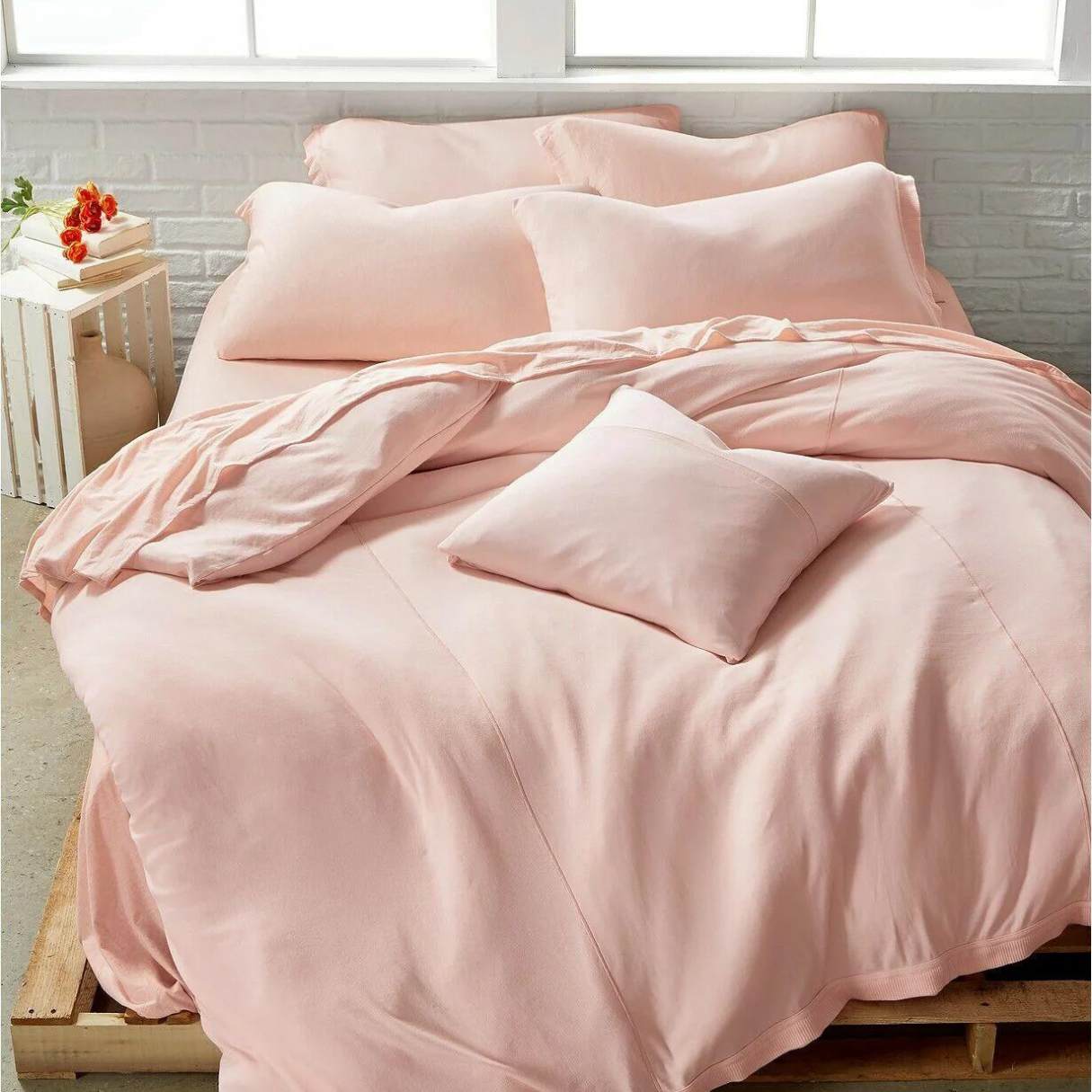

0 thoughts on “Can You Tumble Dry A Duvet?”